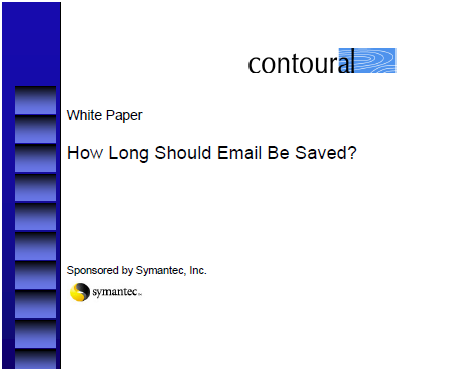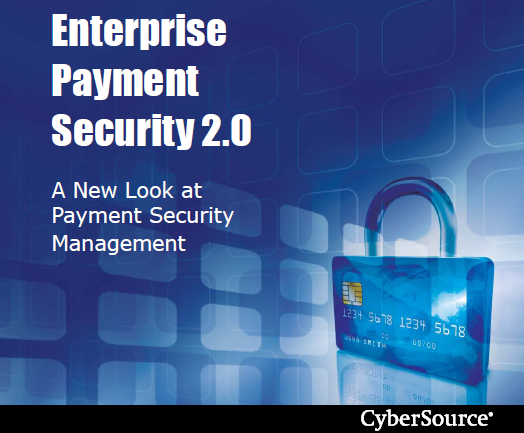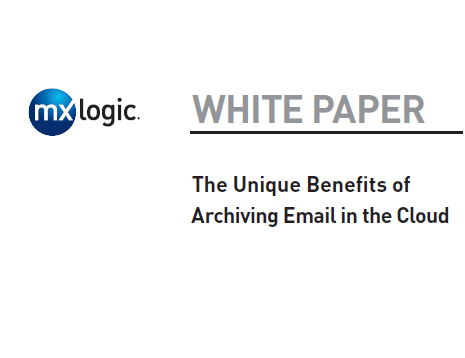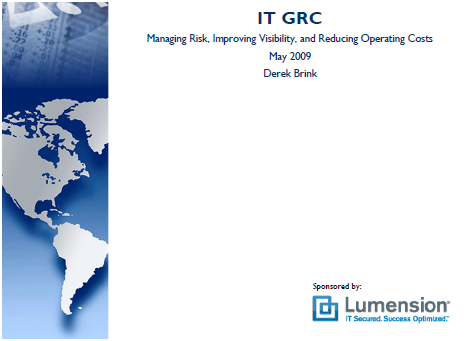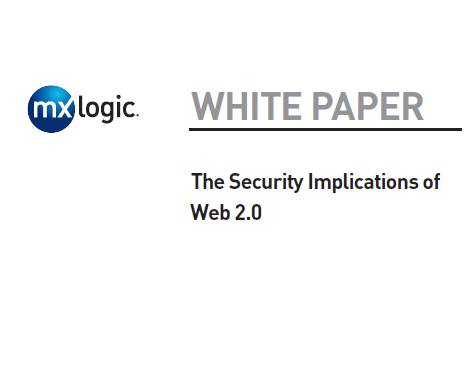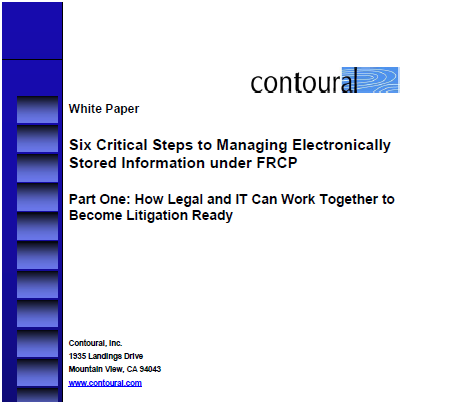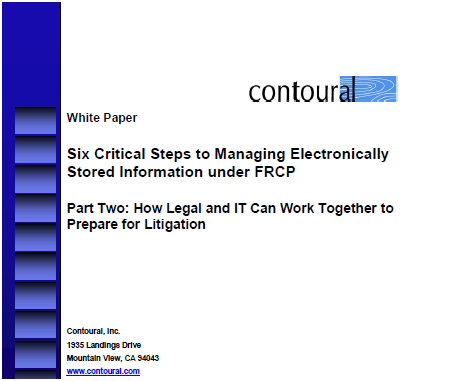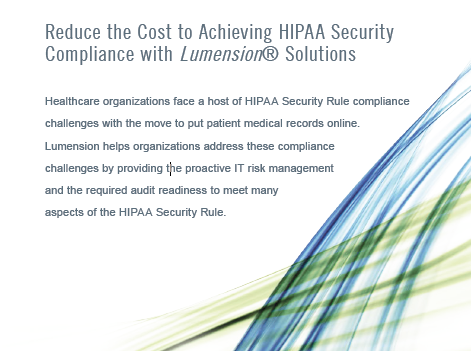A Manager's Guide to Comparing the Cost of Payment Security Strategies
This guide will help you assess and compare the cost of managing payment security via an on-premises or hosted operations model. Topics include:
How Long Should Email Be Saved?
As email has become more critical in the business world, many companies are weighing the question of how long it should be retained, what should be done with it, and when it should be deleted. The answer depends on many issues, particularly when one considers the varying regulations and business situations that might demand emails to be archived for long periods of time.
Enterprise Payment Security 2.0
There's no doubt protecting payment information during transmission, processing and storage is a business imperative. But, the current "lock-down" approach, which focuses on encrypting payment data within your environment, has proven inadequate, unmanageable, or both. Think about it.
The Unique Benefits of Email Archiving in the Cloud
The growing volume of user email messages is escalating storage requirements and increasing the pressure on traditional email archiving solutions. Maintaining email archives to meet security, compliance or business policies is a struggle, with traditional in-house solutions facing a never-ending cycle of decreasing performance and increasing investments in costly technology.
Governance, Risk, and Compliance Management: Realizing the Value of Cross-Enterprise Solutions
This paper explains SAP's vision for a cross-enterprise governance, risk and compliance (GRC) solution and the benefits it can provide, defines key terms, and discusses what to look for when evaluating GRC software options.
2010 CyberSource Fraud Report
This report is based on a survey of U.S. and Canadian online merchants. Decision makers who participated in this survey represent a blend of small, medium and large-sized organizations based in North America. Merchant experience levels range from companies in their first year of online transactions to some of the largest e-retailers and digital distribution entities in the world.
PCI Compliance For Dummies!
Welcome to PCI Compliance For Dummies! Compliance with the Payment Card Industry (PCI) Data Security Standard (DSS) is mandatory if your company stores, processes, or transmits payment cardholder data. This book is all about understanding PCI and how merchants can comply with its requirements.
IT GRC: Managing Risk, Improving Visibility, and Reducing Operating Costs
For all organizations with current or planned initiatives in the area of IT governance, risk management, and compliance (IT GRC), this report describes the policy, planning, process, and organizational elements of successful implementations.
The Security Implications of Web 2.0
The collaborative benefits of Web 2.0 technologies have fueled rapid growth in online consumer markets and now are being adopted by businesses worldwide. With these technologies come new types of attack vectors.
Six Critical Steps to Managing Electronically Stored Information under FRCP
Litigation always, has been, and will continue to be, a reality of doing business. What is changing, however, is discovery and its focus on electronically stored information (often abbreviated ESI).
Six Critical Steps to Managing Electronically Stored Information under FRCP (Part 2)
Once an organization has become litigation ready by creating an ESI survey data map,implementing a records retention and deletion process, and establishing a litigation hold process, additional steps can be taken to further prepare for legal actions.
Reduce the Cost of Achieving HIPAA Compliance with Lumension Solutions
Healthcare organizations face a host of HIPAA Security Rule compliance challenges with the move to put patient medical records online.
Reducing Messaging & Web Security Costs with Managed Services
- An Osterman Research white paper, sponsored by MX Logic
Security costs are large & growing, with technical countermeasures dominated by on-premise licensed solutions. Companies wrestling with providing stronger security and meeting compliance requirements are seeking more efficient ways to provide security.
Achieving PCI DSS v1.2 Compliance with Lumension
This whitepaper will examine PCI DSS and explain how Lumension® Compliance and IT Risk Management can help organizations reduce the cost of addressing compliance by streamlining and automating the IT audit process, unifying control and compliance frameworks, automating assessment and remediation processes, and enabling continuous monitoring of their compliance and IT risk management posture.


